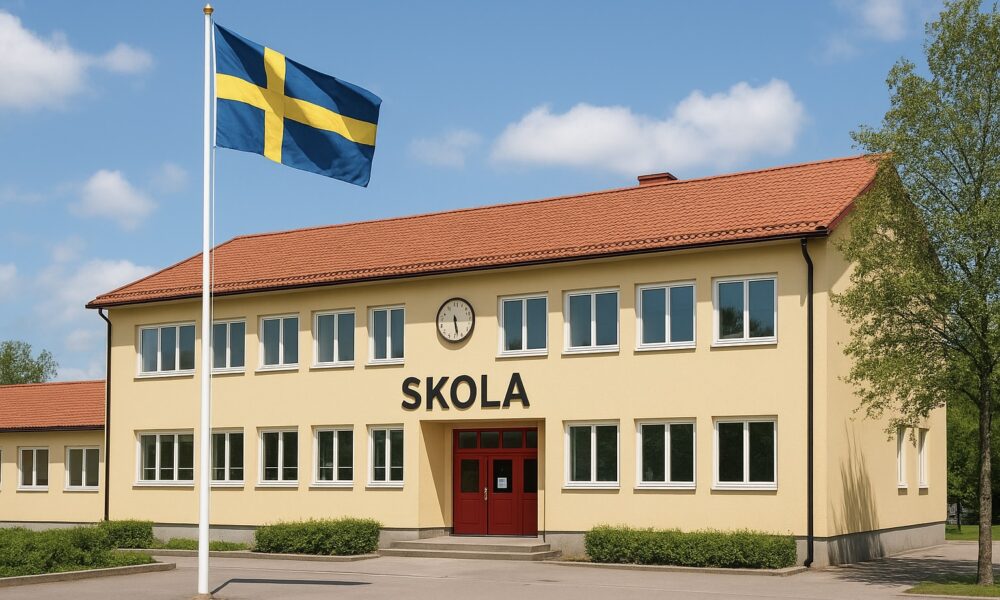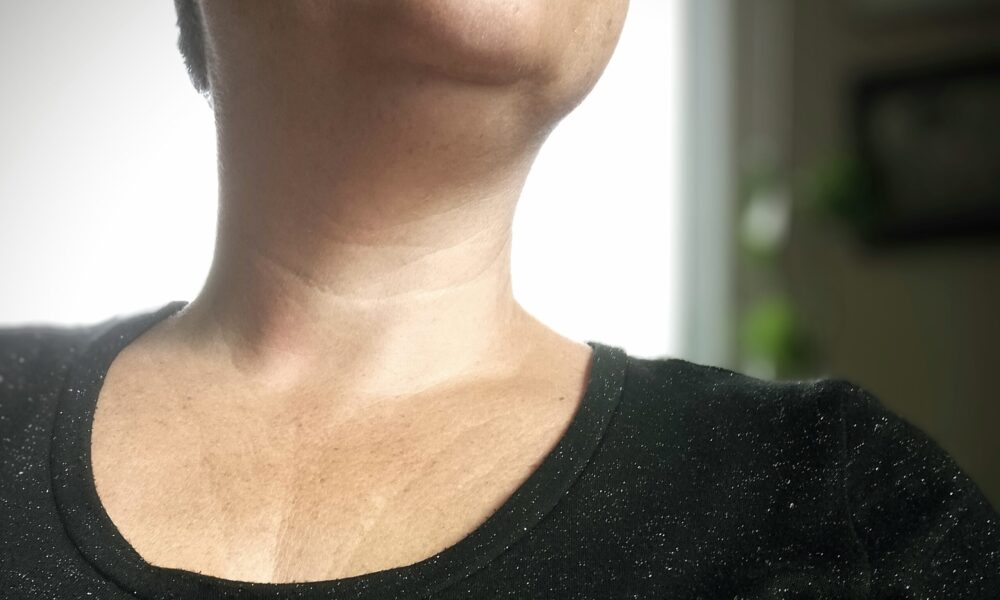English speaking therapy for expats around the world, with face-to-face or outdoor options if you're based in Stockholm, Sweden
I specialise in working with adults and young people with ADHD or autism, mixed culture issues, or difficulties arising from gender, sexual or relationship diversity
I will give you a safe and confidential space to explore your difficulties, at your own pace, in your own time, and using English language
Services available
— 01
One-to-one,
remote therapy
I have full training and extensive experience in video, audio, and SMS therapy, as well as through email for those who may prefer no interruptions, or who struggle with regular time commitments.
— 02
In-person therapy, indoors and outdoors
For those living in Stockholm, Sweden, I offer sessions from a cosy confidential therapy cabin, or outdoor counselling (also known as walk and talk), where we sit or walk in a local nature spot.
Non-walking babies are welcome to attend your session with you.
— 03
Consultancy
I offer consultancy to teachers, carers and parents, around how to support young neurodivergent people at home or in the school environment (e.g. ADHD, PDA, autism).
This is for those that feel they are ‘out of ideas’, or that ‘traditional’ (aka neurotypical) parenting or teaching strategies aren’t working.
Remote sessions available wherever you are; or if you’re in Stockholm, we can book in an in-person session.

I’m Nina
I am a native English-speaking therapist working remotely with expats all over the world, and in-person with clients in Stockholm, Sweden.
I am a UK-accredited Gestalt therapist with 30 years’ experience in the fields of mental health and psychology, and working as a therapist since 2010. I work creatively, using whatever helps you to understand yourself or your situation better.
Although therapy is often available via public health routes, unlike private therapy, it can be a long wait, and it may not cater to your individual needs – such as type of therapy, specialisms, being able to work fluently in English, or the number of sessions offered. I am here to support you if you would prefer greater choice over how, and with whom, you undertake therapy sessions.
Latest Blog Posts
See my latest posts here. You can find all my posts by visiting my blog page directly.
Navigating school and neurodivergence as a parent in Sweden
Finding meaning through life, risk and loss
Supporting your ND kids and young people
Women’s Embodiment – the felt sense of womanhood
Follow me on Instagram
This post is for anyone raising a neurodivergent child in Sweden - expat, mixed-language, or just feeling a bit lost. Here’s a recap of a recent session I ran on working with schools: understanding the rights of your children, understanding the duties of schools, and understanding some of the limitations of schools.
On this blogpost, you can download some notes I made during the meeting, as well as some ideas for how to support your child in school.
https://ninekeys.eu/navigating-school-and-neurodivergence-as-a-parent-in-sweden/
#Neurodivergent #NDParenting #AutismSupport #ADHDSupport #SwedishSchools #ExpatLife #ParentingInSweden #SchoolSupport #InclusiveEducation #FamilySupport

This post is for anyone raising a neurodivergent child in Sweden - expat, mixed-language, or just feeling a bit lost. Here’s a recap of a recent session I ran on working with schools: understanding the rights of your children, understanding the duties of schools, and understanding some of the limitations of schools.
On this blogpost, you can download some notes I made during the meeting, as well as some ideas for how to support your child in school.
https://ninekeys.eu/navigating-school-and-neurodivergence-as-a-parent-in-sweden/
#Neurodivergent #NDParenting #AutismSupport #ADHDSupport #SwedishSchools #ExpatLife #ParentingInSweden #SchoolSupport #InclusiveEducation #FamilySupport
...
UPDATE: I am honoured to have received more than enough replies now, and all slots have now been filled, so thank you for your responses! 🙏
I am working my way through emails, so if you see this update before I have replied to you, please don`t worry - I am getting there, and you have not missed out.
**
Calling UK-trained counsellors and therapists - especially fellow ND practitioners (suspected or diagnosed)!
As I complete my supervision course, I’m opening up a few spots to offer free supervision.
I have space for a 3-4 supervisees and can offer up to three free 121 sessions each (60 or 90 minutes). Sessions can be held in person in Järfälla or online.
I’m Gestalt-trained, though my supervision training enables me to work across modalities. I specialise in work with ADHD and autistic clients, and would be especially happy to support ADHD and autistic therapists in their practice - you do need to be a current member of a UK ethics body too.
If you’re interested, feel free to drop me a message!

UPDATE: I am honoured to have received more than enough replies now, and all slots have now been filled, so thank you for your responses! 🙏
I am working my way through emails, so if you see this update before I have replied to you, please don`t worry - I am getting there, and you have not missed out.
**
Calling UK-trained counsellors and therapists - especially fellow ND practitioners (suspected or diagnosed)!
As I complete my supervision course, I’m opening up a few spots to offer free supervision.
I have space for a 3-4 supervisees and can offer up to three free 121 sessions each (60 or 90 minutes). Sessions can be held in person in Järfälla or online.
I’m Gestalt-trained, though my supervision training enables me to work across modalities. I specialise in work with ADHD and autistic clients, and would be especially happy to support ADHD and autistic therapists in their practice - you do need to be a current member of a UK ethics body too.
If you’re interested, feel free to drop me a message!
...
If you don’t have something you need or want, create it.
In the small things as well as the big.
I`ve been missing taramasalata so much over our four years in Sweden, so I finally got round to making some myself, and this morning, with the winter sun shining through our windows, I am carving out a moment of bliss for myself.
#taramasalata #breakfast #selfcare #meetingneeds #therapist #stockholmtherapist #foodie

If you don’t have something you need or want, create it.
In the small things as well as the big.
I`ve been missing taramasalata so much over our four years in Sweden, so I finally got round to making some myself, and this morning, with the winter sun shining through our windows, I am carving out a moment of bliss for myself.
#taramasalata #breakfast #selfcare #meetingneeds #therapist #stockholmtherapist #foodie
...
Wondering how everyone is getting on with the darker days? 😊
Here in Stockholm, after a gloomy damp month, fairy lights are starting to go up, we got sunshine and it dropped to -8°C.
It`s now warmed up again, and we have the first smatterings of snow. First time this season of clearing a path to my cabin!
#englishtherapistinstockholm #stockholmtherapy #adhd #autism #stockholmwinter #sad #winterblues

Wondering how everyone is getting on with the darker days? 😊
Here in Stockholm, after a gloomy damp month, fairy lights are starting to go up, we got sunshine and it dropped to -8°C.
It`s now warmed up again, and we have the first smatterings of snow. First time this season of clearing a path to my cabin!
#englishtherapistinstockholm #stockholmtherapy #adhd #autism #stockholmwinter #sad #winterblues
...
A glorious grounding and empowerment session with my good friend @nicki.leocadia.ursu - some stones and items and chose to help ground me today.
#womensempowerment #grounding #empowerment #women #power #innerpeace #innerwork #stability

A glorious grounding and empowerment session with my good friend @nicki.leocadia.ursu - some stones and items and chose to help ground me today.
#womensempowerment #grounding #empowerment #women #power #innerpeace #innerwork #stability
...
When the days are drawing close and the darkness weighs our mood down, mushroom foraging (which I confess I did not do) and simple tasks like washing, drying and preparing mushrooms can lift our spirits. Enjoying the produce is also an absolute delight!
Thanks @swenglishmamma for your family gift of these gorgeous chanterelles! 🙏🏻😊✨
#chantarelle #kantarel #swedishautumn #swedishfall #autumn #mushrooms #mushroomsofinstagram

When the days are drawing close and the darkness weighs our mood down, mushroom foraging (which I confess I did not do) and simple tasks like washing, drying and preparing mushrooms can lift our spirits. Enjoying the produce is also an absolute delight!
Thanks @swenglishmamma for your family gift of these gorgeous chanterelles! 🙏🏻😊✨
#chantarelle #kantarel #swedishautumn #swedishfall #autumn #mushrooms #mushroomsofinstagram
...
I share a photo from our family celebrations yesterday, but beneath the fancy dress, I am always conscious of the other meanings around this time of year - a memorial to those we have loved and lost, remembering who matters to us.
Some of us are hoping that the thinner veil will allow us contact with a world or state that none of us here in our present life states really understands. As a family, we have lost three people close to us in the last quarter, and each one brings up the sadnesses that went before, and each old loss sifts down into integration a little further, with each new loss that comes to us.
So here is to all those we have loved and lost, those that have passed on, those we miss, those we experience relief around their passing – not all relationships we have lost were positive, and that can bring up other feelings too. Thinking of you all, especially those that have recent losses.
#LovedAndLost #Remembering #Family #GriefAndLove #AllSouls #InMemory

I share a photo from our family celebrations yesterday, but beneath the fancy dress, I am always conscious of the other meanings around this time of year - a memorial to those we have loved and lost, remembering who matters to us.
Some of us are hoping that the thinner veil will allow us contact with a world or state that none of us here in our present life states really understands. As a family, we have lost three people close to us in the last quarter, and each one brings up the sadnesses that went before, and each old loss sifts down into integration a little further, with each new loss that comes to us.
So here is to all those we have loved and lost, those that have passed on, those we miss, those we experience relief around their passing – not all relationships we have lost were positive, and that can bring up other feelings too. Thinking of you all, especially those that have recent losses.
#LovedAndLost #Remembering #Family #GriefAndLove #AllSouls #InMemory
...
✨ Rethinking empathy and eye contact in supervision and therapy ✨
I’ve been reading IDM Supervision (Cal D. Stoltenberg & Brian W. McNeill) as part of my training. In the “Nuts and Bolts” chapter on skills development, there’s a section highlighting empathy and the importance of eye contact.
I felt a strong reaction reading this. For many people – including autistic or blind therapists, those from cultures where eye contact is less common, or anyone who doesn’t find it natural – this emphasis can feel exclusive or unrealistic. It also doesn’t fit how therapy often happens today: via audio, text, or asynchronous connection.
For me, “seeing” others is deeply important, but not necessarily through eye contact. Some clients rarely make eye contact in person or on video; others work entirely via voice or text. Yet I can still feel their presence and attune to them fully. My way of seeing is through sensing, imagining, and feeling – through my mind’s eye. 👁️
Empathy doesn’t depend on sight. It’s a felt connection – through resonance, emotion, and presence. 💫
It reminded me how easily professional texts, often written from neurotypical or Western perspectives, can unintentionally exclude other ways of perceiving and connecting. Using inclusive, neuroaffirming language helps us broaden what empathy means – recognising that connection can take many forms. 🌿
#Therapy #Supervision #ClinicalSupervision #Neurodiversity #NeuroaffirmingPractice #Empathy #InclusivePractice #TherapistDevelopment #Counselling #Psychotherapy #ProfessionalGrowth #Neuroinclusion #ReflectivePractice

✨ Rethinking empathy and eye contact in supervision and therapy ✨
I’ve been reading IDM Supervision (Cal D. Stoltenberg & Brian W. McNeill) as part of my training. In the “Nuts and Bolts” chapter on skills development, there’s a section highlighting empathy and the importance of eye contact.
I felt a strong reaction reading this. For many people – including autistic or blind therapists, those from cultures where eye contact is less common, or anyone who doesn’t find it natural – this emphasis can feel exclusive or unrealistic. It also doesn’t fit how therapy often happens today: via audio, text, or asynchronous connection.
For me, “seeing” others is deeply important, but not necessarily through eye contact. Some clients rarely make eye contact in person or on video; others work entirely via voice or text. Yet I can still feel their presence and attune to them fully. My way of seeing is through sensing, imagining, and feeling – through my mind’s eye. 👁️
Empathy doesn’t depend on sight. It’s a felt connection – through resonance, emotion, and presence. 💫
It reminded me how easily professional texts, often written from neurotypical or Western perspectives, can unintentionally exclude other ways of perceiving and connecting. Using inclusive, neuroaffirming language helps us broaden what empathy means – recognising that connection can take many forms. 🌿
#Therapy #Supervision #ClinicalSupervision #Neurodiversity #NeuroaffirmingPractice #Empathy #InclusivePractice #TherapistDevelopment #Counselling #Psychotherapy #ProfessionalGrowth #Neuroinclusion #ReflectivePractice
...





